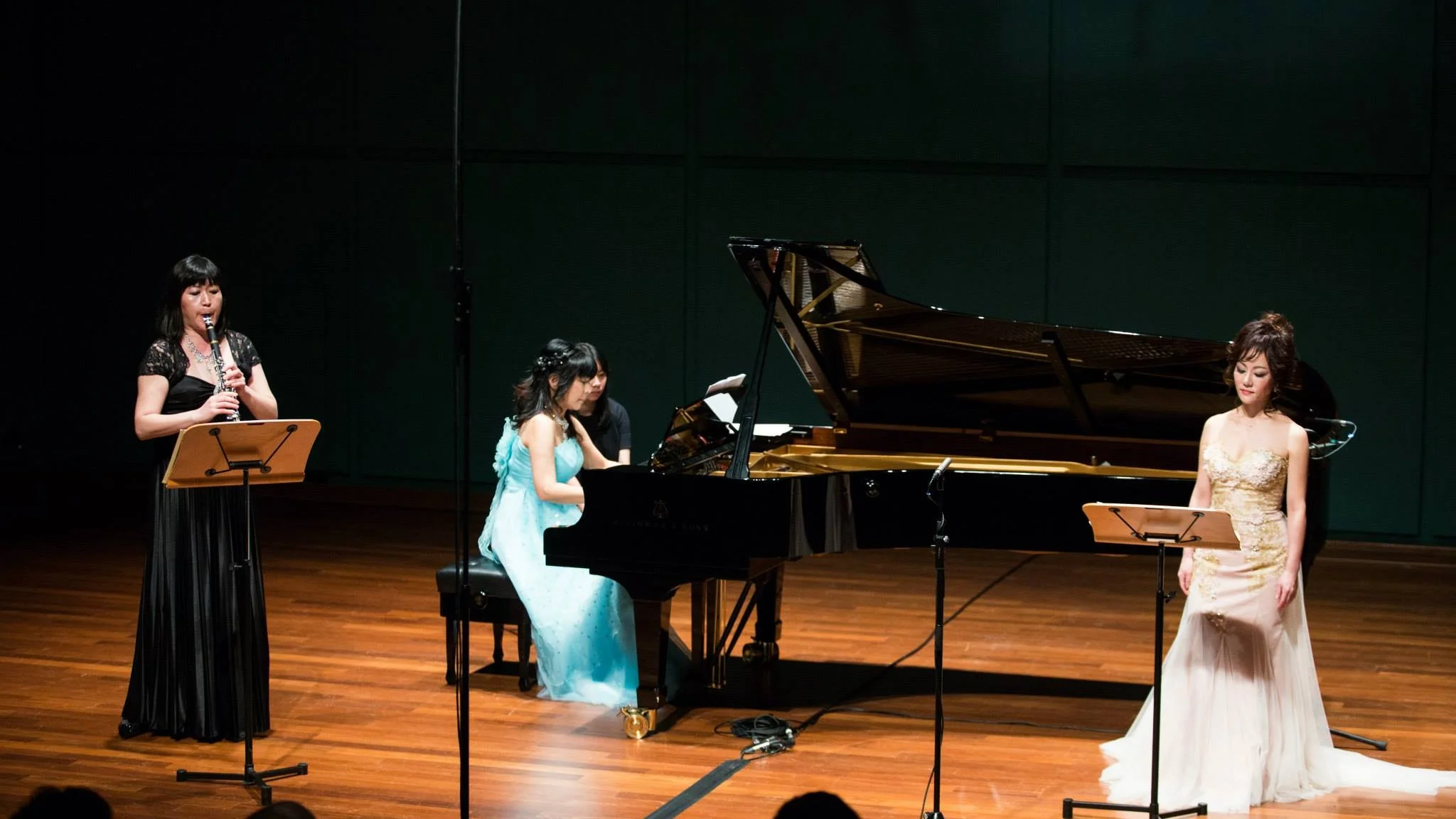Lim Kang Ning (b. 1994)
Tenebroso for solo harp
Throughout history, whether religion or myth, the harp has always held a significant place in Western culture. Renowned for its dulcet tones and its expression of the celestial, we often think about its sparkling high register when we talk about the instrument. Tenebroso is dedicated to Karen Tay, and brings to attention both the harpist’s and the harp’s immense range and timbral colour as the piece traverses from one end to the other.
While composing this piece, I was struck by the images of the volcanic eruption in Iceland near Grindavík and James Fox’s introduction of the colour black in The World According to Colour. So the piece starts off in the bass register with oscillating notes and voices spaced closed together, evoking a sense of depth and darkness together with hints of quiet activity bubbling beneath the surface. As the piece progresses, the music opens up, becomes louder and rises through the register, with little moments of light or lava peeking through sporadically until it inevitably erupts into virtuosic displays of glissandi and quick rhythmic motions before its crashing close.
In Fox’s book, we are made aware of the numerous ‘black’ pejorative epithets that pervade our everyday language (e.g. black-hearted, blacklist, black magic). However, he also reminds us that we 'see' black by noticing "the lightness that surrounds or precedes it", and that "black, in other words, is made by light". Even Caravaggio's use of Tenebrism (derived from the Italian term Tenebroso for 'dark, and mysterious'), is not about black, but how the pitch-black backgrounds lends dramatic illumination to the works. Perhaps that is why Iceland's Prime Minister said the volcanic eruption was "a black day for all of Iceland", and that "the Sun will rise again”.
Tenebroso was premiered by harpist Karen Tay at Kris Foundation’s “Colours and Variations” on 23 August 2024 at the Esplanade Recital Studio.






